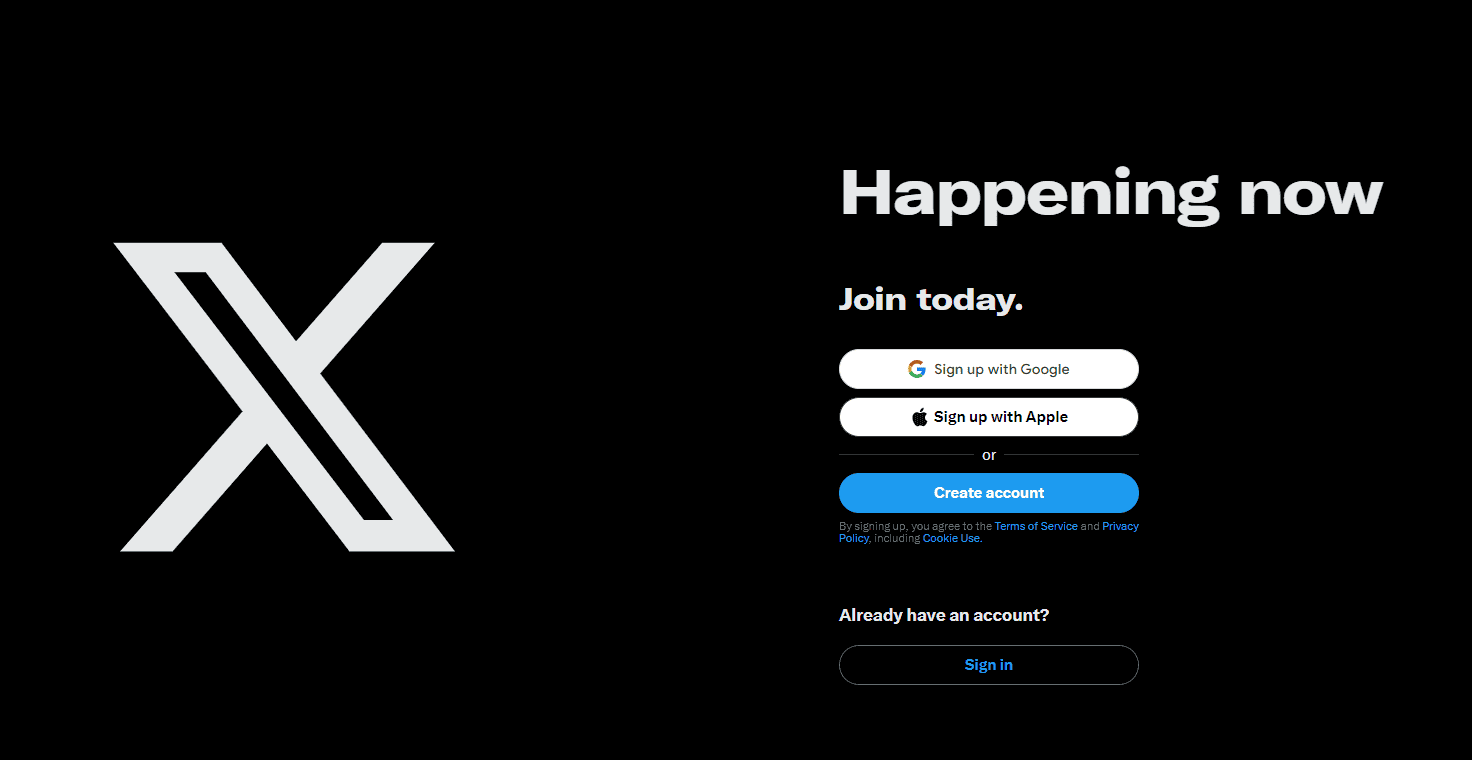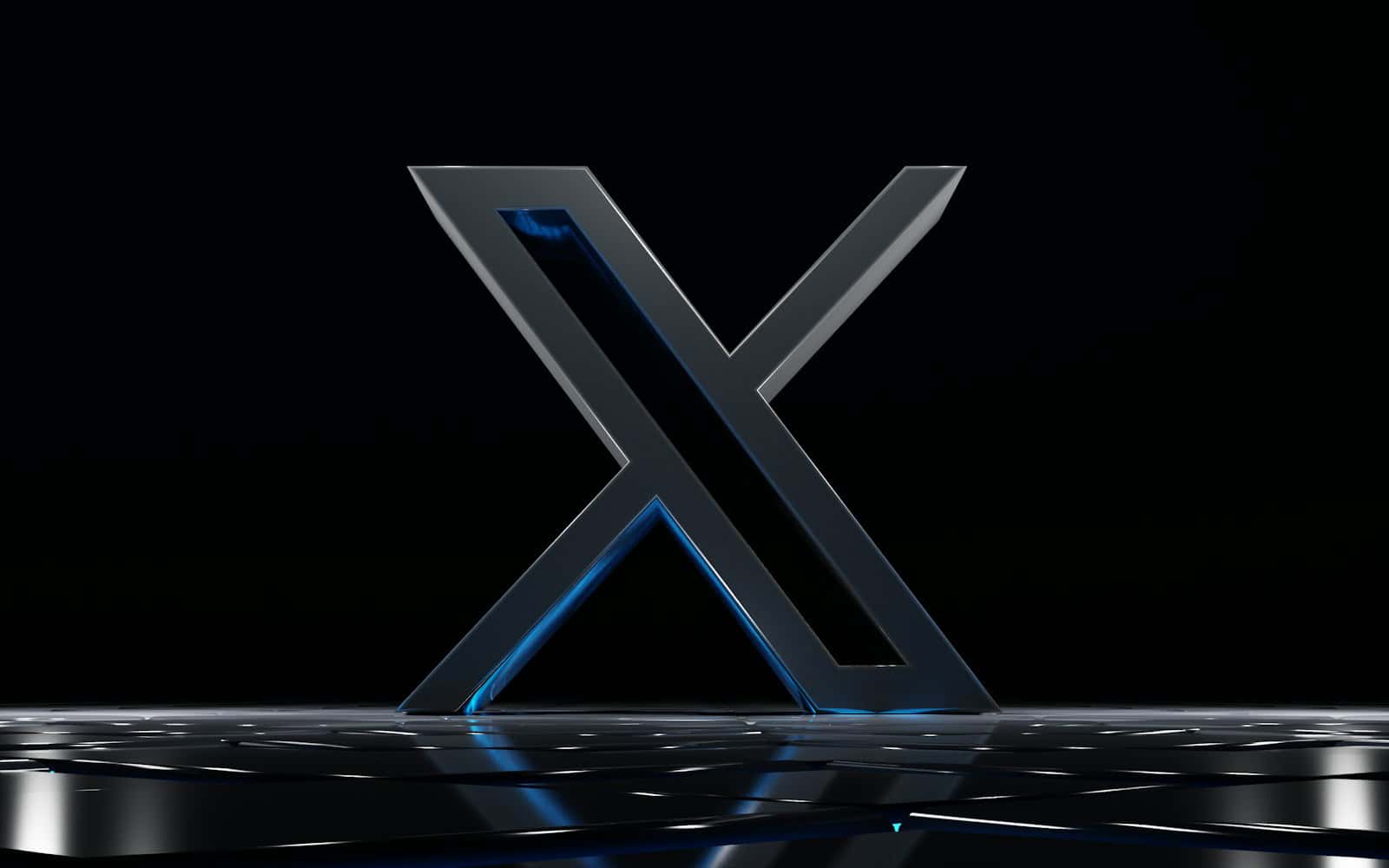X.com was an online payment company founded by Elon Musk before it ultimately became part of PayPal. In a surprising turn of events, the iconic social media platform known as Twitter aligned with Musk’s original venture in more than name. The rebrand to X.com marked a significant change in the social media landscape. Elon Musk, known for his pivotal role in transformative technology companies, announced the name change in July 2023. The transition signaled not just a new name, but potentially a new direction for the platform that had been at the forefront of public conversation for years.
Under its old name, Twitter was celebrated for its minimalistic “blue bird” logo and was synonymous with real-time news and social discourse. The rebranding effort saw the old logo replaced with an interim X symbol. This change was more than cosmetic as it suggested a shift in identity and purpose for the platform whose reach and impact were already global. The blue bird and the original Twitter logo had become deeply ingrained in social media culture, and the switch to X.com provoked both curiosity and skepticism about the platform’s future.
The Evolution of X.com
X.com: The Online Bank
Before it became the new Twitter, X.com was an innovative online bank founded in 1999 by Elon Musk, Harris Fricker, Christopher Payne, and Ed Ho. It offered a range of financial services, including checking accounts, debit cards, and bill payment options. X.com’s unique features, such as no fees or overdraft penalties, and rewards for referring new members, quickly attracted a large customer base.

Merger with Confinity and the Rise of PayPal
In 2000, X.com merged with its competitor, Confinity, a company co-founded by Peter Thiel and Max Levchin. This merger led to the creation of a new entity that focused on online payments and money transfers. In 2001, this entity changed its name to PayPal, which went on to become one of the most popular and successful online payment systems in the world.
Acquisition by eBay and Elon Musk’s Departure
PayPal was acquired by eBay in 2002 for $1.5 billion, further solidifying its position as a leading player in the online payments industry. However, Elon Musk, who had been a vocal advocate for X.com’s original vision, left the company shortly after the merger due to disagreements over the company’s direction.
The Return of X.com: Twitter’s Rebranding
In 2023, Elon Musk, now the owner of Twitter, announced his plans to rebrand the social media platform as X.com. This move marked the return of the iconic X.com name, albeit in a very different context. While the exact details of Musk’s vision for X.com remain unclear, it is expected to encompass a wide range of services beyond social networking, potentially including payments, banking, and other financial tools.

Key Milestones in X.com’s History
| Year | Event |
|---|---|
| 1999 | X.com founded as an online bank |
| 2000 | Merger with Confinity |
| 2001 | Company renamed PayPal |
| 2002 | Acquired by eBay |
| 2023 | Twitter rebranded as X.com |
Key Takeaways
- X.com was an online payment company that predated Musk’s involvement with the social media platform.
- The transition to X.com represents a major rebrand for the well-known social media entity.
- The change includes a new identity symbolized by an interim logo, marking the evolution of the platform.
Evolution of X.com to Twitter
Before it became a key player in social media, X.com was a different breed. The site’s transformation touches on banking origins, Elon Musk’s impact, an embrace of media, and a unique journey in the internet space.
Origins of X.com
X.com began as an online banking platform. It focused on payments and financial services, aiming to change how people managed and received money. The financial landscape experienced a shift with X.com’s fresh approach.

Transition to Social Media
X.com’s pivot took a sharp turn when it evolved into Twitter. This new chapter was marked by a focus on messaging and connecting through short, crisp updates. The platform became a go-to for real-time information, audio, video, and photo sharing. Users enjoyed the immediacy and the brevity Twitter offered.
Elon Musk’s Influence
Elon Musk, once the CEO of X.com, left an indelible mark on its heir. His vision for innovative services and opportunities led to the rebranding as X. Under Musk, Twitter expanded, adding features like Twitter Spaces and revamping its logo from the familiar blue bird.
Incorporating Media and Engagement
As the platform grew, it began hosting various forms of media. Users could share music, engage with video, and subscribe to newsletters. Twitter became more than just tweeting. It invited users to retweet, engage, and follow along with topics ranging from local sports to international events.
Services and Policies
Twitter’s engagement brought new services and policies to the forefront. Clear terms of service and privacy policies guided the interaction with its audience. The platform also explored different revenue streams, including the ability to subscribe for exclusive content. With this structure, Twitter aimed to offer more than just social connectivity—it became a comprehensive media hub.







